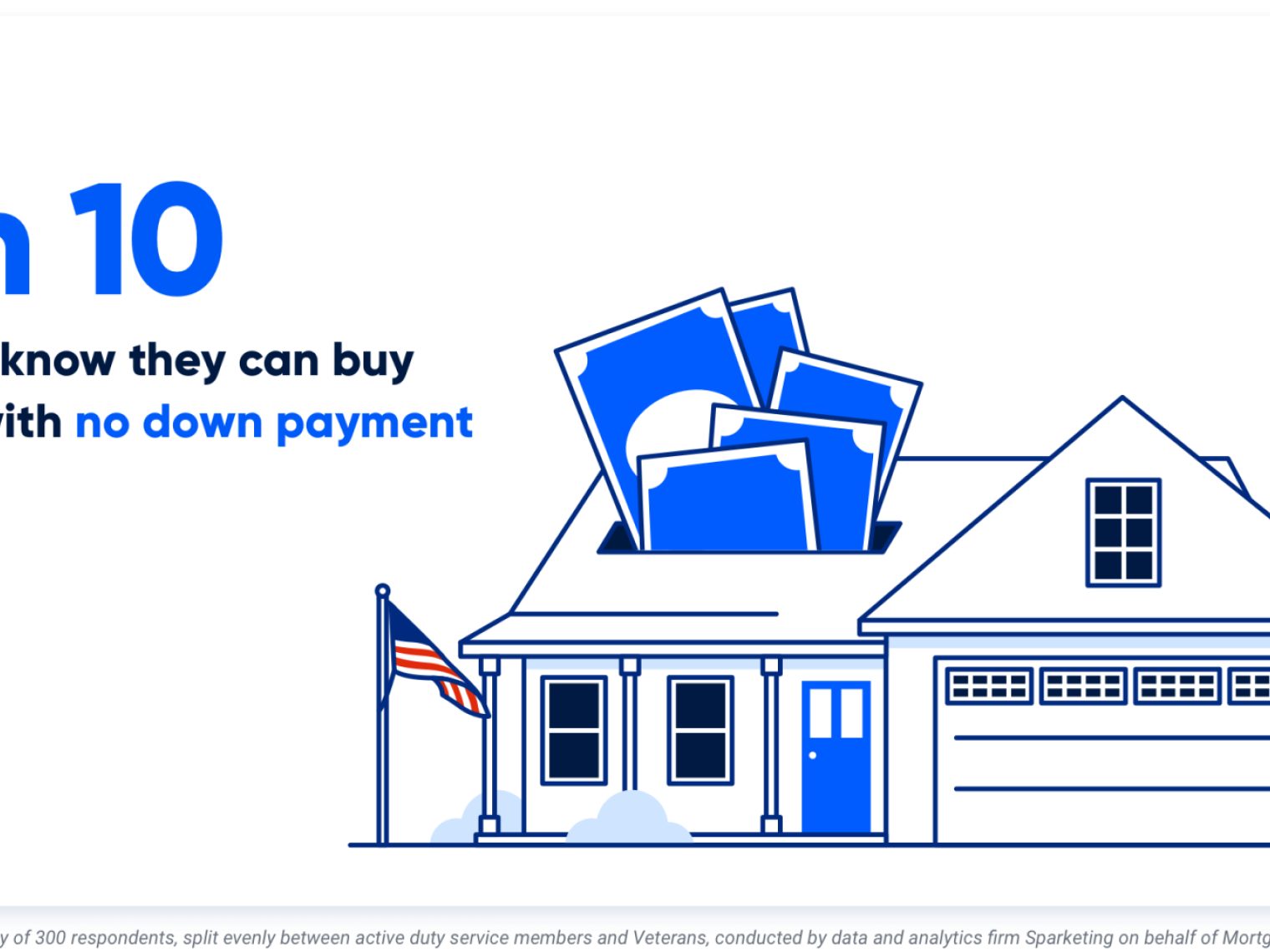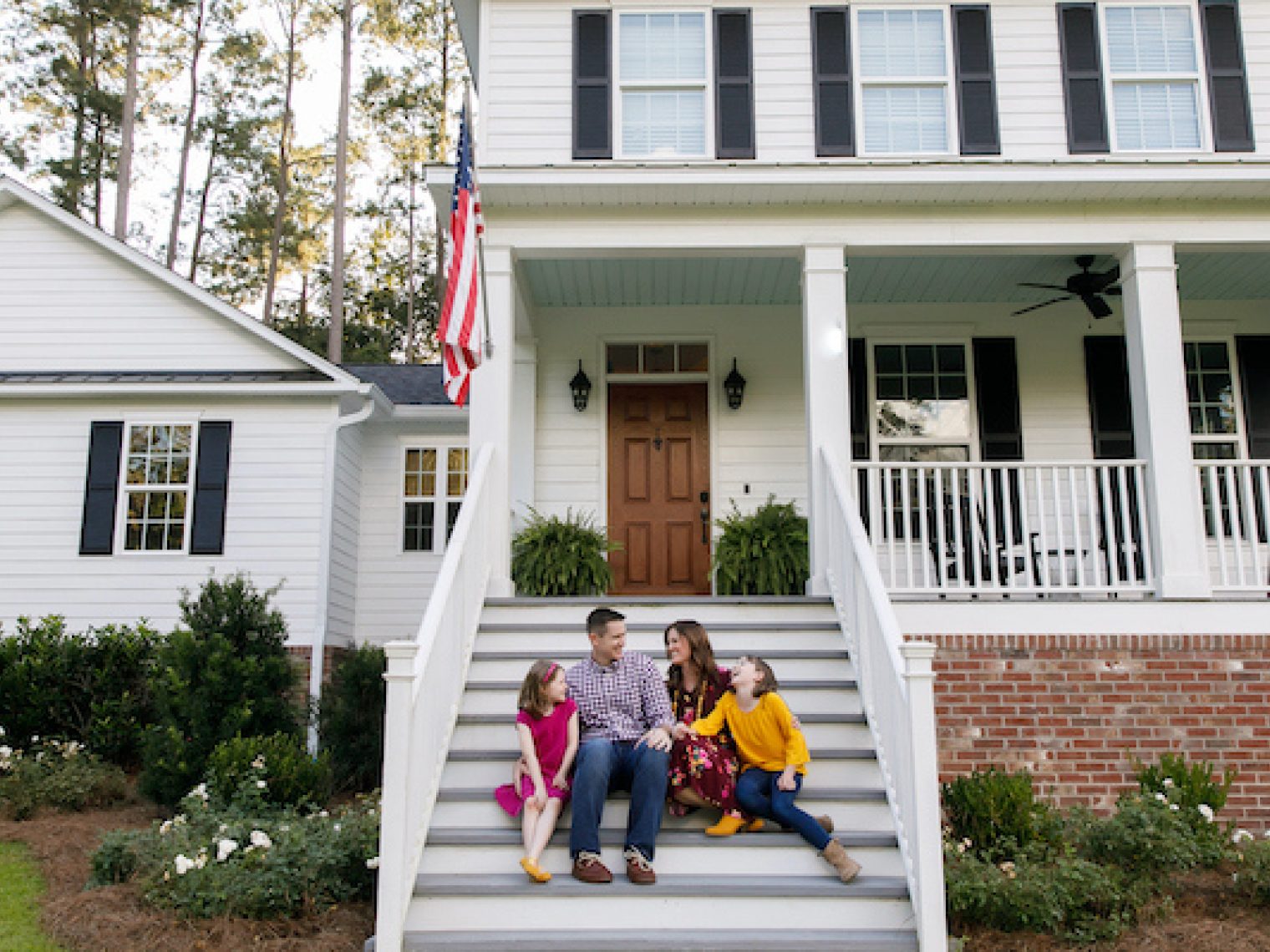If you’re reading this post, betcha know what these numbers mean:
- May 23, 2013: 3.59%
- June 6, 2013: 3.91%
- July 3, 2013: 4.29%
Yep. Those are the average interest rates for 30-year fixed mortgages, according to Freddie Mac. And those gradual increases are causing some toe-tapping among buyers, sellers and real estate professionals.
After months of decline, mortgage rates appear to be on the rise. As the economy strengthens, the need for a Federal Reserve stimulus falters. Consequently, mortgage rates eek higher.
Should potential buyers jump ship? Should anxious sellers abandon all hope? Should real estate agents find a new career?
Nope. We’ll give you three very good reasons not to panic about increasing mortgage rates.
1. Mortgage Rates are Still Very Low.
Current rates are low. Crazy-low when you look at the history books:
- 2012: 3.66%
- 2011: 4.45%
- 2010: 4.69%
- 2009: 5.04%
- 2008: 6.03%
- 2000: 8.05%
- 1990: 10.13%
- 1980: 13.74%
Source: Freddie Mac
If a fortune-teller told you in 2000 (when rates averaged 8.05 percent) that in 2013 you’d be panicking about rates jumping to 4 percent, you would have laughed, right?
Rightfully so. There’s no need to panic.
2. A Slow Rise Won’t Stall the Housing Market.
The nail-biters then bring out this argument: “The housing market recovery will fall apart if rates go up.”
But economists think otherwise. They again point to historical data, which shows that housing starts and home sales aren’t drastically affected by a slow rise in rates.
The housing boom of the mid-2000s occurred in spite of 5-7 percent rates. The post-recession recovery of the mid-1980s took place amidst double-digit rates.
The bottom line is this: The housing market is affected by many factors outside of interest rates. Employment, income and lifestyle trends all contribute to the ebb and flow of home sales.
And home builders, a long-standing gauge of market strength, are feeling positive about those factors. Home-builder confidence hit a big milestone in June, and rose to its highest level since April 2006.
“This is the first time the [Housing Market Index] has been above 50 since April 2006, and surpassing this important benchmark reflects the fact that builders are seeing better market conditions,” said Rich Judson, chairman of the National Association of Home Builders in a press release.
3. Most Buyers Aren’t Fazed by Minor Increases.
As long as interest rates are moving at a turtle’s pace, there’s no need for the mortgage jitters to set in.
“Rates aren’t moving far enough where somebody says, ‘I can’t get the house I thought I was going to be able to get,’” said Peter Lansing, chief executive of Denver-based Universal Lending Corp. in a recent Wall Street Journal article.
A slow upward tick in rates probably isn’t enough to dissuade most buyers from a purchase. As the Wall Street Journal points out, a 1 percent increase in rates makes a home approximately 10 percent more expensive for buyers (depending on the price of the home).
And while no one wants to spend 10 percent more on a home, that 1 percent rate increase won’t happen overnight. Rates (as of May) were actually LOWER than the 2012 average of 3.66 percent, a time when practically every economist announced “it’s a great time to buy.”
Don’t Panic: Prepare.
Real estate agents are fond of saying, “You can’t ‘time’ the market.”
It's a very small group of buyers that can boast an "all-time low" interest rate. And rather than fretting about a half a percent rise in interest rates, buyers need to analyze their own situations:
- Is the time right (outside of interest rates) for you to buy a home?
- Will you qualify for financing?
- Can you commit to one location for the foreseeable future?
These are the important questions. The ones that MUST be answered before thinking about interest rates.
Keep in mind that we’re not talking about a monstrous rate hike. Unless something dire occurs, rates shouldn’t move drastically in any direction. The Mortgage Bankers Association predicts a fairly mild rise in rates by the year’s end, from a second quarter average of 3.7 percent to a fourth quarter average of 4.2 percent.
As Ilyce Glink so eloquently stated, “If a half a percent is the difference in affordability for you, you’re buying the wrong house. Buy a cheaper house!”
Well said.
Answer a few questions below to speak with a specialist about what your military service has earned you.
Related Posts
-
 VA Loan Down Payment RequirementsVA loans have no down payment requirements as long as the Veteran has full entitlement, but only 3-in-10 Veterans know they can buy a home loan with zero down payment. Here’s what Veterans need to know about VA loan down payment requirements.
VA Loan Down Payment RequirementsVA loans have no down payment requirements as long as the Veteran has full entitlement, but only 3-in-10 Veterans know they can buy a home loan with zero down payment. Here’s what Veterans need to know about VA loan down payment requirements. -
 5 Most Common VA Loan Myths BustedVA loan myths confuse and deter many VA loan borrowers. Here we debunk 5 of the most common VA loan myths so that you can borrow with confidence.
5 Most Common VA Loan Myths BustedVA loan myths confuse and deter many VA loan borrowers. Here we debunk 5 of the most common VA loan myths so that you can borrow with confidence.


